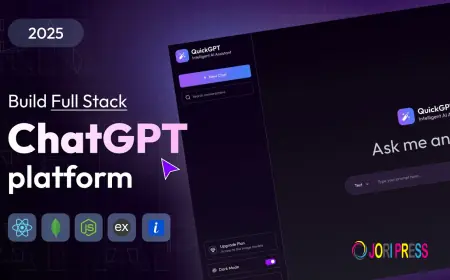Ativador Office 2013 Download Português PT-BR
Microsoft Office 2013, released in January 2013, is a suite of productivity applications designed for both personal and professional use. It introduced several new features aimed at enhancing the user experience, especially with the rise of cloud computing and touch-enabled devices.
Key Features of Office 2013
-
Touch-Friendly Interface
Office 2013 was optimized for touch interfaces, offering a smoother experience on tablets and touch-enabled laptops. The ribbon interface was streamlined for better usability, making it easier to navigate using touch gestures. -
Cloud Integration (OneDrive)
Office 2013 provided deeper integration with Microsoft's cloud storage service, OneDrive. Users could easily save, access, and collaborate on documents across devices, with all files stored online, ensuring they were always accessible from anywhere. -
New Look and Enhanced User Interface
The overall design was more minimalist, with a flatter interface, offering a cleaner and more modern appearance. The new "Start Screen" for apps like Word, Excel, and PowerPoint allowed users to choose templates and recent files more easily. -
Office Web Apps
Office 2013 integrated with Office Web Apps, allowing users to access documents from a web browser, making collaboration and sharing easier. This web-based functionality was improved, offering a more seamless transition between the desktop and online versions of the software. -
Improved PDF Handling in Word
Word 2013 enhanced its PDF handling features, making it easier to open and edit PDF documents directly within the application. This was a significant time-saver for users who needed to modify PDF content without relying on third-party software. -
Enhanced Collaboration
Microsoft introduced real-time collaboration on documents. Multiple users could work on the same document at once, with changes visible instantly, similar to features offered by Google Docs but integrated within Microsoft Office. -
Office 365 Integration
Office 2013 emphasized integration with Office 365, Microsoft's subscription service. This allowed users to receive regular updates, additional cloud storage, and access to premium features. Subscribing to Office 365 also provided access to the latest versions of Office apps, ensuring users always had the most up-to-date features.
Key Applications in Office 2013
-
Word 2013
Word 2013 introduced improved reading modes, enhanced PDF editing, and better collaboration features. The improved "Read Mode" optimized the document for distraction-free reading, while the new full-screen experience made it ideal for touch-enabled devices. -
Excel 2013
Excel 2013 focused on simplifying data management and analysis. The new Flash Fill feature helped users automatically fill in data patterns, while improvements to PowerPivot and other data analysis tools made Excel even more powerful for professionals. -
PowerPoint 2013
PowerPoint 2013 introduced features like Presenter View, which made it easier for users to present slideshows with multiple screens. The "Design Ideas" tool automatically suggested design layouts for slides, improving the overall aesthetic quality of presentations. -
Outlook 2013
Outlook 2013 featured a more streamlined and integrated interface, making it easier to manage emails, calendars, and tasks. The new "People" hub provided better contact management, while improved social media integration allowed users to stay updated on their contacts' activities. -
OneNote 2013
OneNote 2013 enhanced note-taking with features like improved digital ink support and more efficient file synchronization. The touch interface also made it easier to organize and access notes across devices.
End of Support and Transition to Newer Versions
Microsoft Office 2013 reached the end of its mainstream support in April 2018, with extended support ending in April 2023. As a result, Microsoft encourages users to upgrade to more recent versions, such as Office 2019 or Office 365, which offer enhanced security and new features.
Conclusion
Microsoft Office 2013 was a significant update, bringing a modernized interface, cloud integration, and improved collaboration tools to enhance productivity. While it's no longer actively supported, its legacy lives on in the features that have shaped subsequent versions of Office, particularly the emphasis on cloud-based services and collaboration.
What's Your Reaction?
 Like
0
Like
0
 Dislike
0
Dislike
0
 Love
0
Love
0
 Funny
0
Funny
0
 Angry
0
Angry
0
 Sad
0
Sad
0
 Wow
0
Wow
0



















































